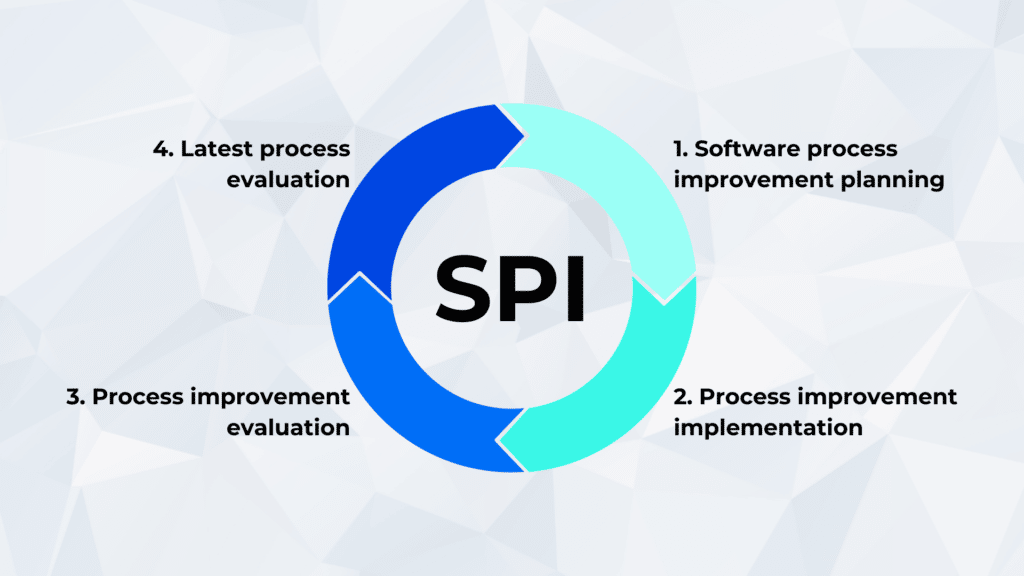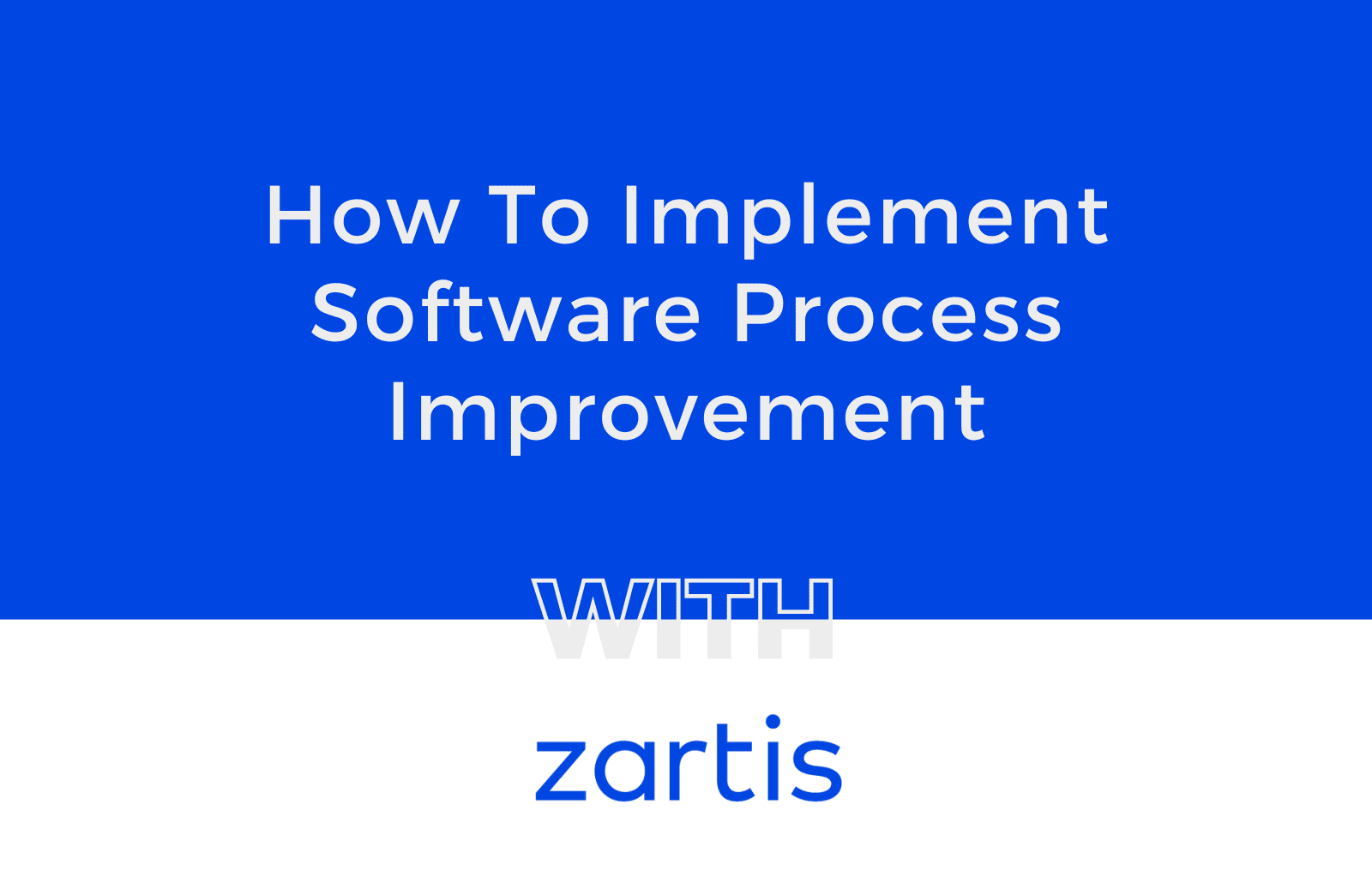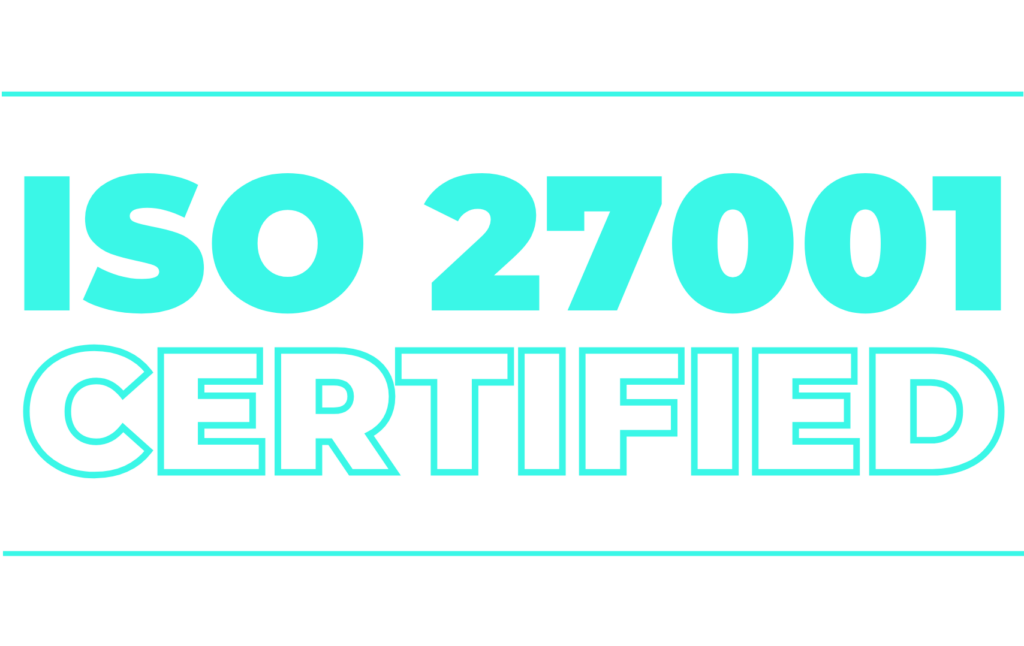Software process improvement is an essential component of modern software development. By implementing SPI strategies and adapting to international standards, your organisation can enjoy faster development times, higher product quality, and a more efficient development process. Embrace the power of software process improvement to revolutionise your software engineering projects and stay ahead in the competitive software industry.
Unlock the Potential of Software Process Improvement
As the software industry evolves, it becomes increasingly important for software organisations to adapt and refine their development processes. By focusing on software process improvement (SPI), you can achieve faster development speed, higher product quality, and more efficient software engineering practices.
Why Invest in Software Process Improvement?
Investing in software process improvement (SPI) is vital for organisations aiming to stay competitive in the rapidly evolving software industry. Software process improvement can lead to producing high-quality software products in less time.
By optimising software development processes, you free up resources for testing, debugging, and integrating new features into existing systems, ultimately resulting in higher levels of overall quality.
The benefits of SPI stretch far beyond just improving product quality and development speed. Here are several key reasons to invest in software process improvement:
1. Enhanced Collaboration and Communication
SPI encourages collaboration and communication among development teams, product owners, and stakeholders. By fostering a culture of open communication, organisations can better understand their processes, identify bottlenecks, and address challenges more effectively.
2. Streamlined Development Processes
Software process improvement enables organisations to identify inefficiencies and streamline their software development processes. By reducing redundancies and optimising workflows, teams can save time and resources, ultimately contributing to faster development cycles and higher-quality software products.
3. Improved Resource Allocation
A well-implemented SPI initiative helps organisations allocate resources more effectively. By identifying bottlenecks and inefficiencies, management can better allocate personnel, tools, and budget to address specific areas of concern, leading to a more cost-effective development process.
4. Greater Adaptability
With an emphasis on continuous improvement, SPI enables organisations to be more agile and responsive to changes in the industry. Organisations can easily adapt to new technologies, methodologies, and market demands by regularly reviewing and refining their software development processes.
5. Better Risk Management
Software process improvement helps organisations identify potential risks and proactively address them. By implementing robust risk management practices, organisations can better predict and mitigate potential issues, resulting in fewer setbacks and more successful software development projects.
6. Increased Customer Satisfaction
A focus on SPI can lead to higher-quality software products that better meet the needs and expectations of customers. By improving software quality and functionality, organisations can enhance customer satisfaction and strengthen their reputation in the market.
7. Alignment with Industry Standards
Adopting SPI initiatives often involves aligning with international standards such as ISO and SPICE. Compliance with these standards demonstrates an organisation’s commitment to quality, professionalism, and best practices, which can enhance its credibility and market position.
Investing in software process improvement can significantly benefit organisations, from streamlined development processes and better resource allocation to increased customer satisfaction and adaptability. By embracing SPI, organisations can improve their software products and foster a culture of continuous growth and innovation.
Key Principles for Effective Software Process Improvement
Embarking on a software process improvement journey can be challenging for software organisations working on software products. Here are some essential principles to guide your efforts, ensuring high-quality software and improved software development processes:
a) Start Small and Stay Focused: Sized Software Development Organization
The greatest risk in a software process improvement project is becoming overwhelmed by the complexity of the problem and trying to tackle too many things at once. Start small and stay focused on specific goals, such as improving development speed or product quality, to avoid losing focus and progress.
b) International Standards and Management Commitment: ISO Standards and SPICE Standard
Adhering to international standards, such as ISO and SPICE, and securing management commitment is critical for the success of any software process improvement initiative. They provide a solid foundation and guidance for software engineering, ensuring your software development processes align with industry best practices.
c) Continuous Improvement and Current Status Monitoring
Software process improvement is an ongoing effort. Embrace continuous improvement and implement quality control measures to monitor the current status of your development processes. By doing so, you’ll be able to identify areas for further refinement and stay ahead of the competition.
d) Pilot Projects and Collaboration: Development Team and Tools for Team
Before rolling out software process improvement initiatives across your entire organisation, test them on pilot projects to evaluate their effectiveness. Encourage collaboration among development teams, product owners, and management to ensure a successful transition to the new processes.
Benefits of Software Process Improvement: Higher-Quality Software and Faster Development
Investing in software process improvements, such as software process customization and effective software process practices, can yield numerous benefits for your organisation, including:
- Increased development speed and efficiency
- Enhanced product quality and higher-quality software
- Greater adherence to international standards like ISO and SPICE
- Stronger management perspective and commitment Improved collaboration among development teams and product owners
Focusing on key process areas, following a plan-driven software development category, and aiming for a mature software process will lead to product-focused software process improvement. By keeping the principles mentioned above in mind, your software organisation will be on the path to delivering higher-quality software products and staying competitive in the software industry.
Software Process Improvement: Key Components and Best Practices
Software process improvement (SPI) plays a critical role in optimising software development processes and enhancing the overall quality of software products. By implementing SPI’s best practices and principles, software organisations can foster a culture of continuous improvement and innovation, resulting in higher-quality software and more efficient development processes. Here are some key components and best practices for effective software process improvement:
1. High-Level Software Process Description and Process Models
Process models are essential tools for describing the software development process, including planning, organisation, execution, and delivery stages. Using process models and high-level software process descriptions can help automate many steps, streamlining the software development process and enhancing collaboration between hardware engineering and software engineering teams.
2. Maturity Level and Education
Educating your development team on the current status of your organisation’s maturity level and SPI best practices is crucial for ensuring proper implementation. Education and training can help your team advance their careers and introduce them to the latest research and insights in software process improvement, such as pilot projects, international standards like ISO and SPICE, and tools for team collaboration.
3. Software Engineering Institute (SEI) and External Partnerships
If internal training consumes too many resources or time, consider partnering with external organisations like the Software Engineering Institute (SEI) that specialise in software process improvement. These partners can offer valuable expertise and support to help your team implement effective software process improvements and stay up-to-date with the latest in software tools and management perspectives.
Essential Components of a Successful SPI Model
A successful software process improvement model should incorporate the following components:
a. Maturity Level Assessment and Goal Setting
Assess the current status of your software processes and the software engineering institute’s maturity level to identify areas for improvement. Set achievable goals for your software development project, ensuring that they align with the organisation’s desired product quality and development speed.
b. Action Plan and Software Process Customization
Create a detailed action plan that includes a systematic literature review and outlines the steps required to achieve your goals. This plan should include guidance on software process customization, taking into account the specific needs and capabilities of your software development organisation.
c. Timeline, Milestones, and Quality Control
Establish a timeline and milestones for each stage of the process, ensuring incremental progress toward your goals. Implement quality control measures, such as pilot projects and continuous process improvement, to monitor and improve the effectiveness of your software development processes.
d. Ownership, Responsibility, and Management Perspective
Assign clear ownership for each phase of the process, outlining who is responsible for executing specific tasks. Engage product owners and development team members, fostering a sense of ownership and commitment to the process. Secure buy-in from management, emphasising the importance of their commitment to the success of the software process improvement initiative.
e. International Standards and Best Practices
Adopt international standards like ISO and SPICE, along with best practices for software engineering, to guide your approach to software development. Stay informed about the latest trends in the software industry and the future of standards by regularly reviewing publications like IEEE Software and the Journal of Systems and Software.
f. Continuous Improvement and Key Process Areas
Promote a culture of continuous improvement by focusing on key process areas and incorporating continuous process improvement strategies. Utilise software tools to facilitate collaboration, monitor progress, and track improvements in the software development process.
g. Education and Training for Sized Software Development Organizations
Invest in ongoing education and training for your development team, ensuring they know about critical software effort management, expensive software process practices, and effective software process techniques. This investment will enable your organisation to produce higher-quality software while maintaining a competitive edge in the software industry.
–
By incorporating these key components and best practices, software organisations can successfully implement software process improvements, leading to higher-quality software products, streamlined software development processes, and a more competitive position in the software industry.
Engaging with international standards, sized software development organisations, and software process improvement literature, such as the IEEE Software and the Journal of Systems and Software can further enhance the understanding and implementation of these best practices.

Mastering Requirements Engineering for Software Process Improvement
Requirements engineering is a critical aspect of software process improvement (SPI), which focuses on understanding and defining the needs of various stakeholders. Successfully mapping out requirements and addressing different goals across departments can help organisations enhance their software development projects and adapt to new challenges.
Key Factors in Requirements Engineering for SPI
To effectively implement requirements engineering in SPI, it is important to consider the following factors:
1. Size of the Organization and Project Complexity
- Consider the size of your software development organisation and the complexity of the project when determining specific groups and responsibilities for the process.
- Assess the development team’s capability of handling software process customization and their approach to software development.
2. Identifying Stakeholder Expectations
- Understand stakeholders’ desired outcomes and expectations to guide your software process improvement efforts.
- Evaluate the current status of software products, development speed, and product quality to align with stakeholder expectations.
3. Understanding Stakeholder Objectives
- Determine the stakeholders’ definition of success, such as developing a new product or service.
- Assess the time taken to develop requirements and whether they go through different iterations, such as before and after software process improvements.
- Gauge stakeholders’ expertise in deciding on requirements, including their understanding of technical factors such as user experience or security issues.
4. Implementing a Repeatable and Adaptable Process
- Ensure the software process improvement strategy is repeatable but also adaptable to new requirements without necessitating large changes in implementation.
- Apply SPI at both the team and organisation levels, with a focus on continuous process improvement and quality control.
5. Aligning with Industry Standards
- Consider adherence to international standards, such as ISO and SPICE, and their role in guiding the software development process.
- Assess the relevance of these standards to your organisation and their potential impact on management commitment and perspective.
By carefully considering these factors, organisations can effectively implement requirements engineering in their software process improvement efforts. This, in turn, can lead to the development of higher-quality software, improved collaboration among teams, and increased customer satisfaction.
Final Verdict
It is clear that there is a strong positive correlation between software process improvement efforts and the quality of software products. As software systems grow increasingly complex and the pressure to deliver faster mounts, organisations are searching for ways to refine their software processes and enhance the end-user experience.
Whether you’re introducing new processes to accommodate fresh initiatives or products or seeking to optimise outdated processes that no longer operate efficiently, one fact remains: there is always room for growth.
Experience Comprehensive Process Optimization with Zartis
At Zartis, we follow a systematic approach crafted by our experts to improve both business and software development processes. Our services cater to tech and software companies across a wide range of industries, offering process optimization solutions tailored to your needs.
From modernising existing systems and implementing changes to reorganising teams and fostering collaborative processes, our consultants can help you transform your Software Development Life Cycle (SDLC). By implementing end-to-end delivery, we can assist you in aligning your software efforts with your business goals.
Maximise Efficiency and Boost ROIs with Our Software Consultants
Collaborate with our software consultants to enhance your efficiency and increase your return on investment. Experience the benefits of software process improvement, such as:
- Streamlined development processes
- Higher-quality software products
- Enhanced collaboration and communication
- Greater adaptability to industry changes
- Better risk management
- Increased customer satisfaction
- Compliance with international standards like ISO and SPICE
Don’t hesitate to reach out and start your journey towards software process improvement today!


